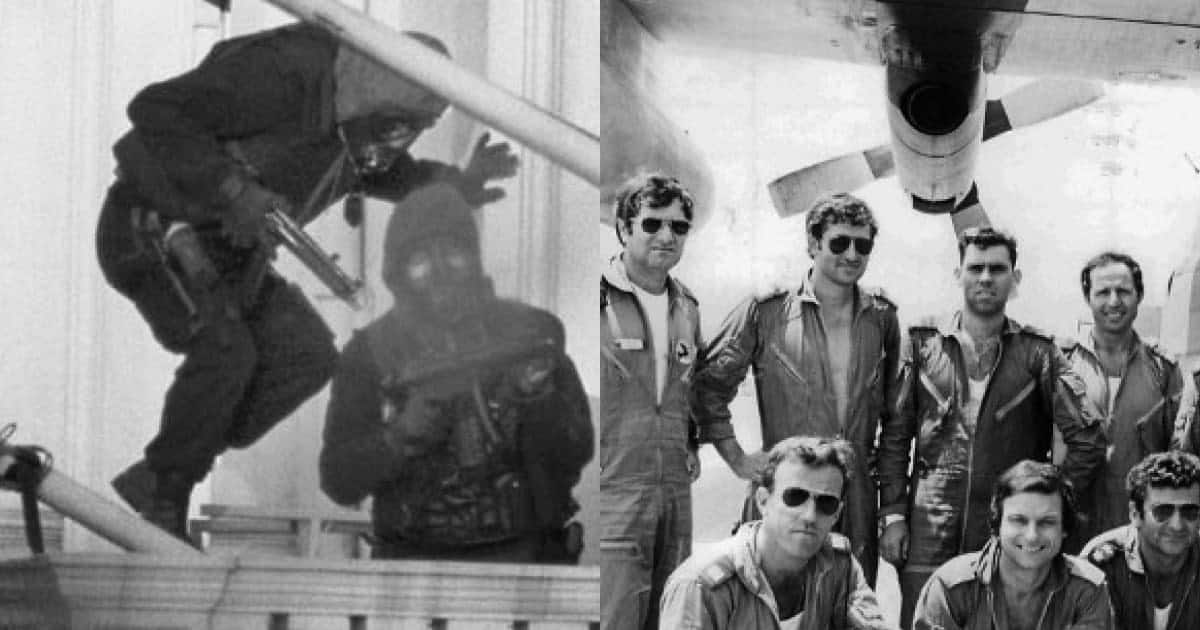Everybody loves a good rescue story – there’s a reason why they form the basis for so many novels and movies. After all, they have everything: peril, suspense, adventure and, if all goes well, a happy ending. And in many cases, real life is far more awe-inspiring than anything a best-selling author or Hollywood scriptwriter could dream up. Over the centuries, men and women have gone the extra mile to get their friends, loved ones, comrades or even complete strangers out of danger.
In some cases, the rescuers would say they were ‘just doing their jobs’, even if they went above and beyond the call of duty. In other instances, civilians have stepped in, or soldiers or others in service have volunteered to put their lives in danger in the hope of saving others. And, while some rescues succeeded thanks to meticulous planning, others are more spur-of-the-moment, relying more on good luck and extraordinary courage than on preparation. There really are countless stories of rescues being pulled off against the odds to chose from. But here are just ten episodes from history where the seemingly impossible was accomplished:

Operation Jericho
In World War II, precision bombing was nowhere near as sophisticated as it was today. While today’s bombs can be dropped almost on a pinhead, in the 1940s it was often a case of “drop and hope for the best”. In Operation Jericho, however, not only did the pilots involved have the courage to attempt to bomb the outer walls of a French prison, in which they knew Resistance fighters were being held by the Nazis, but they also had the skill. Perhaps a slice of good fortune as well to pull it off! The operation has gone down in history as one of the most audacious rescue missions of the whole war.
It was 1943 and the Nazis were still in control of France. In the area around the city of Amiens, most Resistance cells had been rounded up by the end of the year. In part as a result of Nazi counterespionage efforts, but mainly because the brave men and women had been betrayed by collaborators. Around Christmas time, word got back to the Allied command that as many as 100 resistance fighters were to be executed on February 19, 1943. The free French petitioned the Royal Air Force to carry out a precision raid of Amiens Prison to help the imprisoned men escape. After much deliberation, the plan was given the go-ahead.
The mission, named Operation Jericho, was passed to the men of the Second Tactical Air Force, a small but skilled section of the RAF. They were advised by locals that the prison guards were based in a separate building. The intelligence suggested that by hitting munition dumps, the prison doors could be made to swing open. If the outer walls were also destroyed, the prisoners had a chance to escape. From the start, however, the officers in charge acknowledged there would be casualties. An estimated 700 prisoners were inside, most of them sentenced to death anyway. It was argued that if only a proportion of them made it out, the mission would be a success.
Under the command of Group Captain Percy Charles Pickard the RAF attacked on February 18. They flew in at lunch time, the time when most guards would be in their own mess halls, separate from the prisoners. A first wave of Mosquito planes successfully breached the outer walls. A second wave attacked the nearby railway station, knocking it out. The final wave of Mosquito planes hit the guards’ hut. Pickard flew over the site one last time, checking the damage. Satisfied, he turned homewards. However, his plane took a direct hit and went down, killing both Pickard and his navigator.
At the end of the day, some 255 prisoners made it out, though many would soon be recaptured by the Nazis. They were helped by the fact that the attack on the railway station meant that reinforcements needed two hours to get on the scene. An unknown number of guards were also killed. The daring and audacity of the rescue mission cannot be disputed. Nor can the skill of the men involved. Doubts remain, however, over who actually ordered Operation Jericho to go ahead. According to some, the French Resistance gave the green light, unbeknownst to the RAF. Other historians argue that the British intelligence service, the SIS, gave the order, hoping it would divert attention away from Normandy, where Allied troops would soon land for the D-Day invasions.

